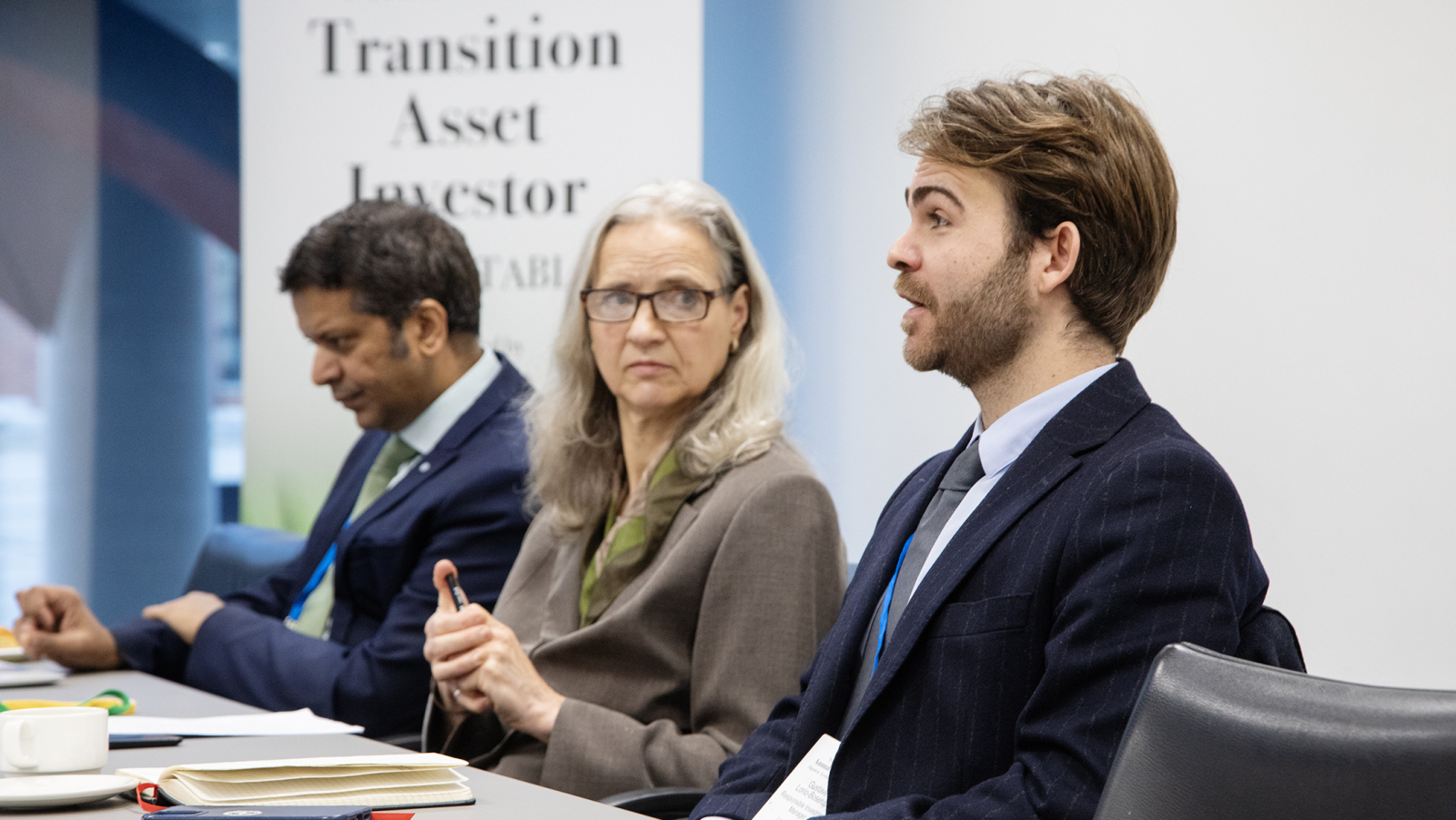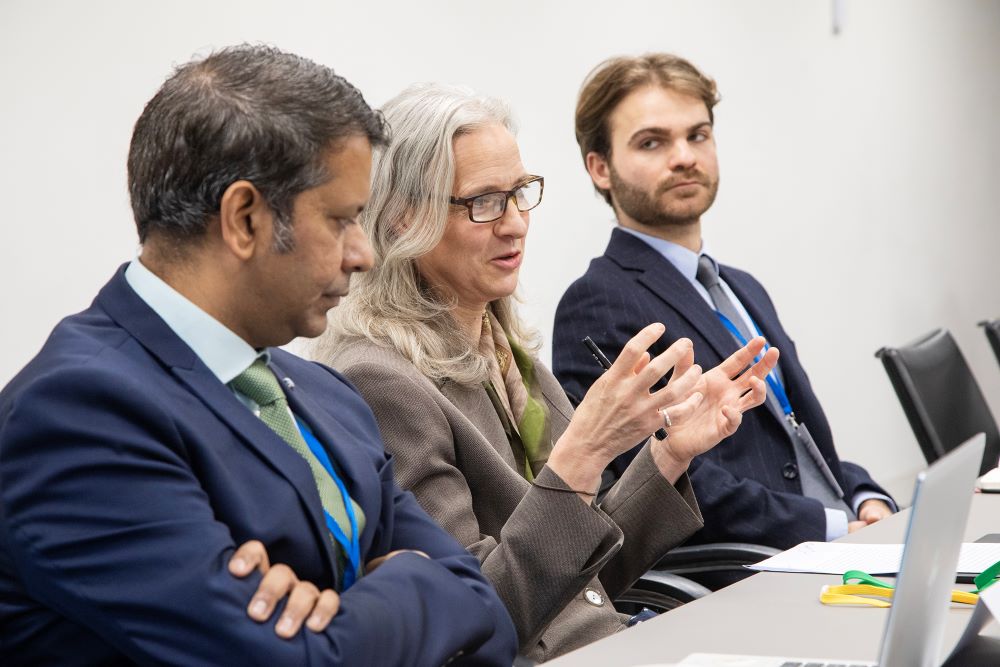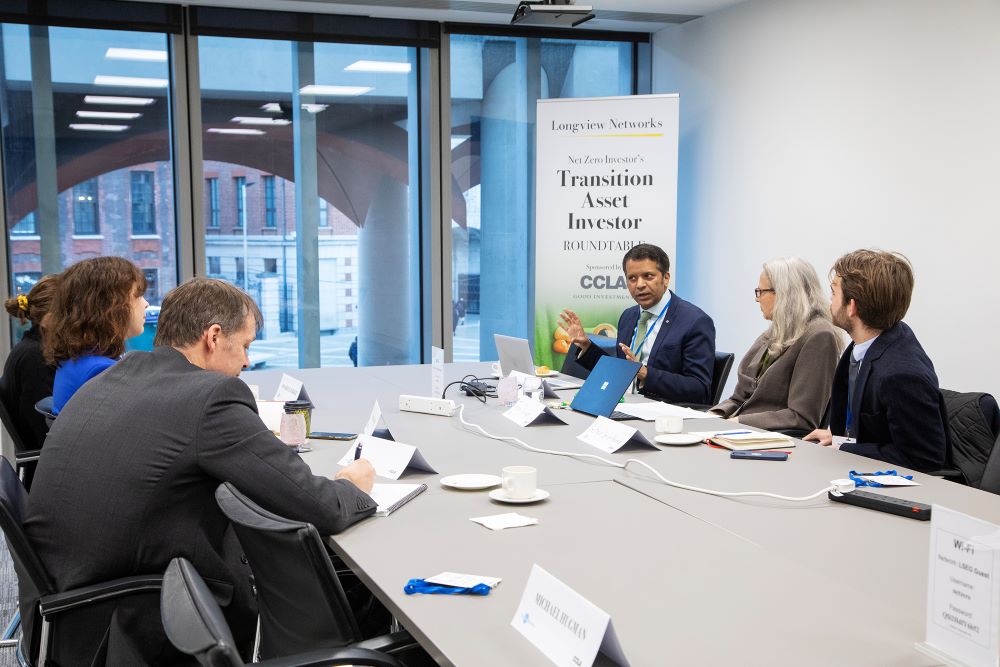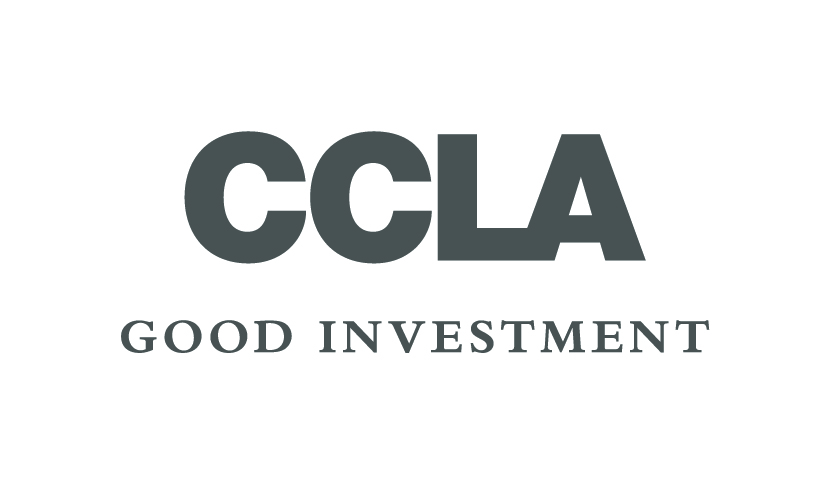
Transition Asset Roundtable: adapting to a changing world
Net Zero Investor brought together four asset owners and Tessa Younger, Stewardship lead at the CCLA to discuss the investment opportunities in the energy transition.
Younger kicked off the debate by stressing that investors should develop a more holistic understanding of what constitutes an investment in the transition: “everything is going to be a transition asset” she stressed. CCLA is therefore incorporating transition scenarios across its portfolio, including its cash and property holdings.
Gustave Loriot-Boserup, responsible investment manager at London CIV agreed that investors should consider all asset classes as crucial to investing in the energy transition. While private markets offer exposure to climate solutions, equities and corporate bonds offered more venues for stewardship with companies that are responsible for the lion’s share of carbon pollution.
Younger emphasised that when it came to delivering real world change, Scope 3 appears to account for the bulk of all corporate emissions and investors still struggle to get accurate data on Scope 3 footprints.

She predicts that the EU’s Corporate Sustainability Reporting Directive and Californian climate reporting rules could introduce an important turning point on carbon reporting. This in turn could help investors to get a better sense of how their portfolios are positioned for the energy transition.
Chandra Gopinathan, senior investment manager in the Sustainable Ownership team at Railpen also highlighted the importance of having accurate data at hand in order to establish credible transition scenarios at portfolio levels. “For us, the most important challenge is to create accountability mechanisms in fixed income. Until you do that, investors don’t really have a hook” he warned.
Jason Fletcher, former CIO at LGPS Central made the point that investors’ climate strategies often tended to be stuck on a narrow dichotomy between divestment or engagement. He argued that investing in transition assets offered the best of both worlds, allowing investors to actively position their portfolios for a changing world whilst retaining their opportunity to influence the management at the companies in question.







